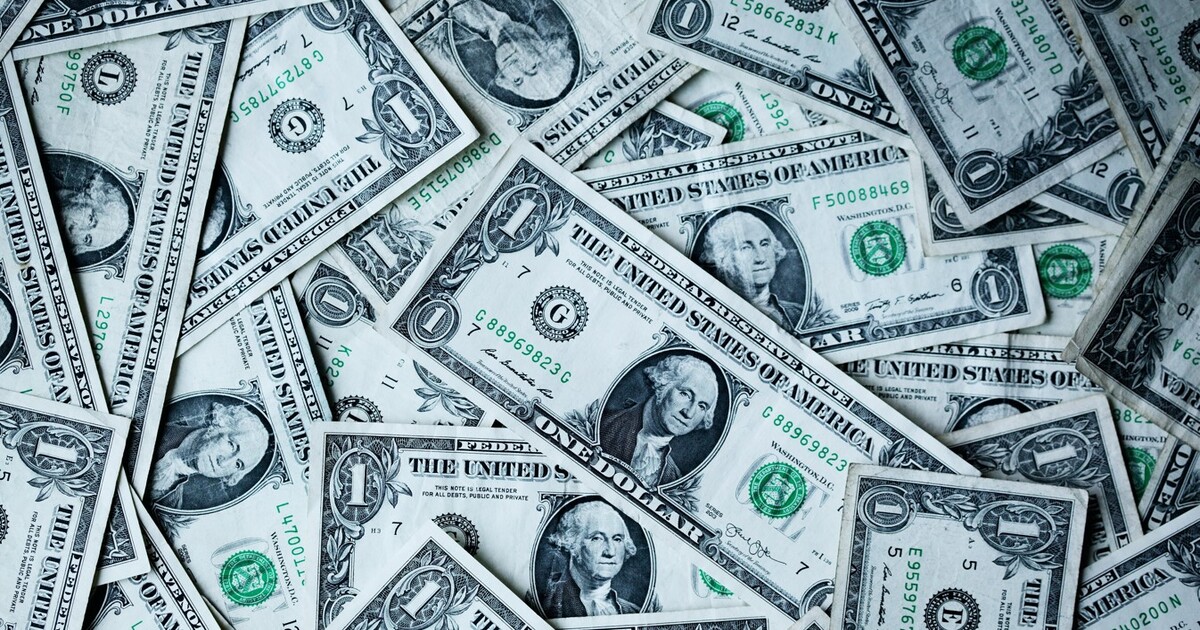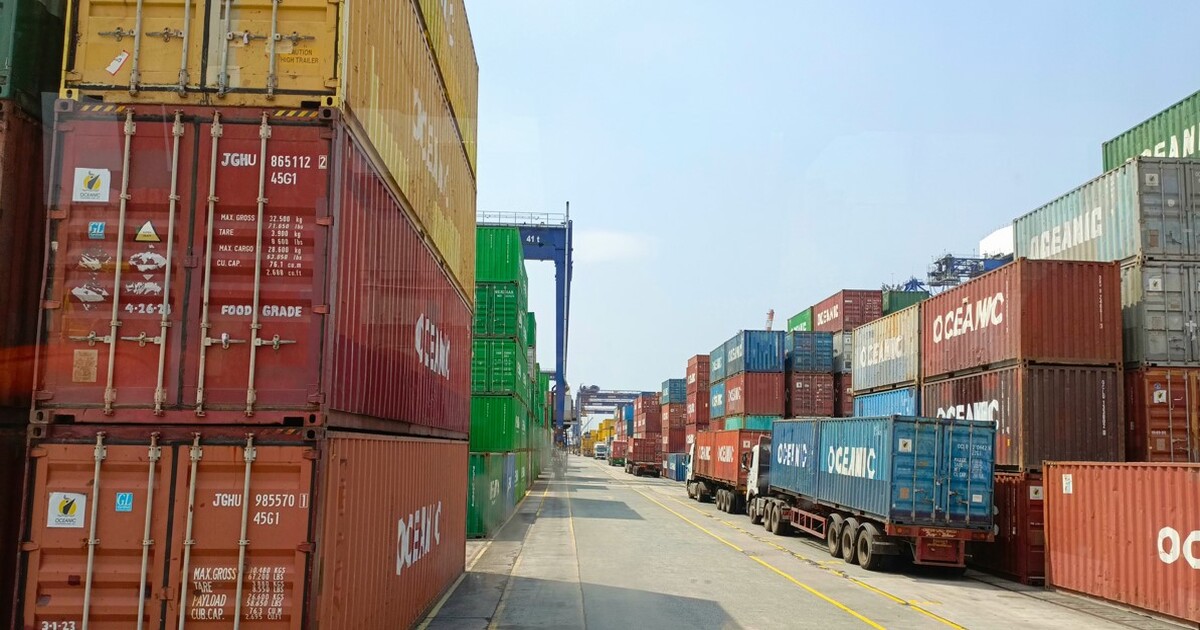Major Economic Upheavals: A Brief Economic History of the Last 100 Years
Looking into the future back from the 1920s, 1950s, 1970s and 2000s: What we have to expect from a world hobbling from stagflation to deflation.
April 9, 2025

A Strategic Intervention Paper (SIP) from the Global Ideas Center
You may quote from this text, provided you mention the name of the author and reference it as a new Strategic Intervention Paper (SIP) published by the Global Ideas Center in Berlin on The Globalist.
April 2, 2025 may well enter the annals of modern economic history as an important turning point. For very implausible reasons, the United States of all countries exits from a global trading regime that has provided it and its citizen-consumers with a great deal of benefits for many decades.
Turning all other countries into supplicants
Donald Trump’s obvious desire is to effectively shape the entire world economy as if the United States had suddenly become another Soviet Union, turning all other countries into supplicants in its orbit – is bound to fail.
Surprisingly for many Trump-drunk Americans, the heaviest part of the load will largely fall on the feet of everyday Americans – even though it will clearly have an impact the world over.
Given what lies ahead, this may be an opportune moment to provide a brief history of the major economic crises over the last 100 years.
The understatement of the year
To suggest that we live in uncertain times might be the understatement of the year. Over several decades, political, economic and social strains and stresses have slowly built up.
Global policymakers find themselves in a situation where they must juggle several massive challenges from trade restrictions (real or contemplated) to rising public sector debt to the threats of climate change.
Their decisions and policy paths, be they globally coordinated or not, will impact the world’s real economy.
While it is too simplistic to argue that “history repeats” itself, we all can certainly learn important lessons from economic history to understand what tools might or might not have worked and how that affected us.
In the early 1920s: German hyperinflation…
By 1921, Germany had experienced an unsustainable public sector debt build-up. It was the result of government borrowing to finance World War I, made worse by reparation payments following Germany’s defeat in 1918.
Since reparation debt had to be paid in hard cash, Germany’s central bank was forced to buy those currencies at any price which led to hyperinflation at home. A loaf of bread cost 160 marks at the end of 1922. That price rose to 200 billion marks by late 1923.
Hyperinflation was ended by redenominating the German currency and restructuring Germany’s post-World War I debt.
…Then the Great Depression
Soon, the Great Depression followed. Large profits from rapid industrial growth financed through excessive private sector borrowing in the United States were invested in speculative transactions in the largely unregulated U.S. stock market.
That, in turn, led to the stock market crash of 1929 and an unprecedented collapse of the global economy.
To rebuild the economy, U.S. President Franklin D. Roosevelt undertook breath taking reforms. including reforms in the financial sector (besides the well-known social programs of the so-called New Deal). Even so, the Great Depression did not really end until the outbreak of World War II in 1939, which artificially stimulated war economies.
In the 1950s: More debt and Dwight D. Eisenhower
After the end of the Second World War, and with the election of Dwight D. Eisenhower as U.S. President in 1952, yet another chapter of economic recovery was rung in. The Republican President was a fiscal hawk, but he was also determined to transform the U.S. war economy.
Eisenhower protected social spending in his fiscal measures but slashed defence spending dramatically. He also increased much needed spending in the U.S. infrastructure.
While there were two bouts with recession during his presidency, overall growth accelerated, public sector debt ratios fell, and the fiscal accounts were in balance.
To achieve that, Eisenhower had to forego tax cuts. He explained: “the reduction of tax rates must give way under present circumstances to the cost of meeting our urgent national responsibilities.”
In the 1970s: Public sector debt, flawed trade-offs and stagflation
The 1970s gained global prominence as an era of stagflation (economic stagnation and inflation). While public sector debt had risen, once again, there were oil crises, first in 1973 and then in 1979. They led to shortages and a permanently and exponentially increased price for this major input for industrial output.
The U.S. Federal Reserve has a dual mandate, full employment and price stability. In those days, it was also widely believed that there was a trade-off between these two goals.
The Federal Reserve opted for loose monetary policy to strengthen employment until it became clear that the assumed trade-off did not exist. Unemployment and inflation were rising in conjunction at the end of the 1970s.
This observation marked a dramatic shift in policy stance. The Federal Reserve Bank started to follow an inflation-targeting policy, despite its dual mandate. The result was a decline in prices. Since then, independent central banks in advanced countries have all adopted inflation targeting as an anchor to link their currencies to the U.S. dollar as the world’s reserve currency.
The 2000s: A period of great upheaval with three big crises
During this century, the world experienced three major crises. The Great Recession of 2008/2009 was triggered once again by debt build-up in the financial system that was channelled into highly speculative and loosely regulated financial instruments which eventually collapsed.
The Great Recession was relatively short-lived, albeit deep, because of an internationally coordinated effort to save the financial system and to inject public funds into the real economy.
The second crisis was the Pandemic of 2020. It required closing borders and interrupting trade leading to supply chain problems, high unemployment and economic contraction. As the threat from the disease diminished, once again, massive public sector stimulus allowed for a quick recovery.
Finally, there was Russia’s invasion of Ukraine in 2022, the first war on European soil since the end of the Second World War. It demonstrated, once again, how important global supply chains had become and how even fairly insulated disruptions of trade had domino effects building on the inflationary pressures that had been created by the Pandemic.
What are the lessons for today?
First, the accumulation of large debts, whether in the public or the private sector, can trigger a massive adjustment in the global economy.
Second, global exchange rate regimes change over time. There were times of relying on several reserve currencies that anchored the regime, times of fixed exchange rates and times of floating rates.
Third, trade regimes change. Times of open and closed economies have alternated. Changing from one regime to another has proven to bear great costs, with a shift from open to closed economies proving to be most costly.
In applying these lessons, we have to recognize that the apparent progression into a world of severe trade restrictions have severe consequences. The web of global supply chains can get destroyed and lead to a deep global recession paired with high inflation, i.e., stagflation.
This, in turn, unless remedied, which may be difficult given high public sector debt, may evolve into a Depression. That is a period of long-lasting contraction accompanied by very high unemployment and deflation as a result a global collapse in demand.
What the private sector can do: Prepare!
The private sector has limited influence on policymakers. Therefore, the sector is left with one major tool: The identification of probable risks, alone or in conjunction, and the preparation of operations and each company’s/sector’s balance sheets to mitigate, as best as possible, the evolving risks.
Conclusion
In observing the economic history of the last 100 years, we do best to look at risks systemically in order to have a better chance to prepare for potential fallout. This is best done by developing scenarios analyses – just as we do for natural disasters. This is critical to weather the coming storm.
Takeaways
Looking into the future back from the 1920s, 1950s, 1970s and 2000s: What we have to expect from a world hobbling from stagflation to deflation.
For very implausible reasons, the U.S. of all countries exits from a global trading regime that has provided it and its citizen-consumers with a great deal of benefits for many decades.
Donald Trump’s obvious desire is to effectively shape the entire world economy as if the United States had suddenly become another Soviet Union, turning all other countries into supplicants in its orbit.
Surprisingly for many Trump-drunk Americans, the heaviest part of the load will largely fall on the feet of everyday Americans – even though it will clearly have an impact the world over.
In observing the economic history of the last 100 years, we do best to look at risks systemically in order to have a better chance to prepare for potential fallout.
A Strategic Intervention Paper (SIP) from the Global Ideas Center
You may quote from this text, provided you mention the name of the author and reference it as a new Strategic Intervention Paper (SIP) published by the Global Ideas Center in Berlin on The Globalist.


